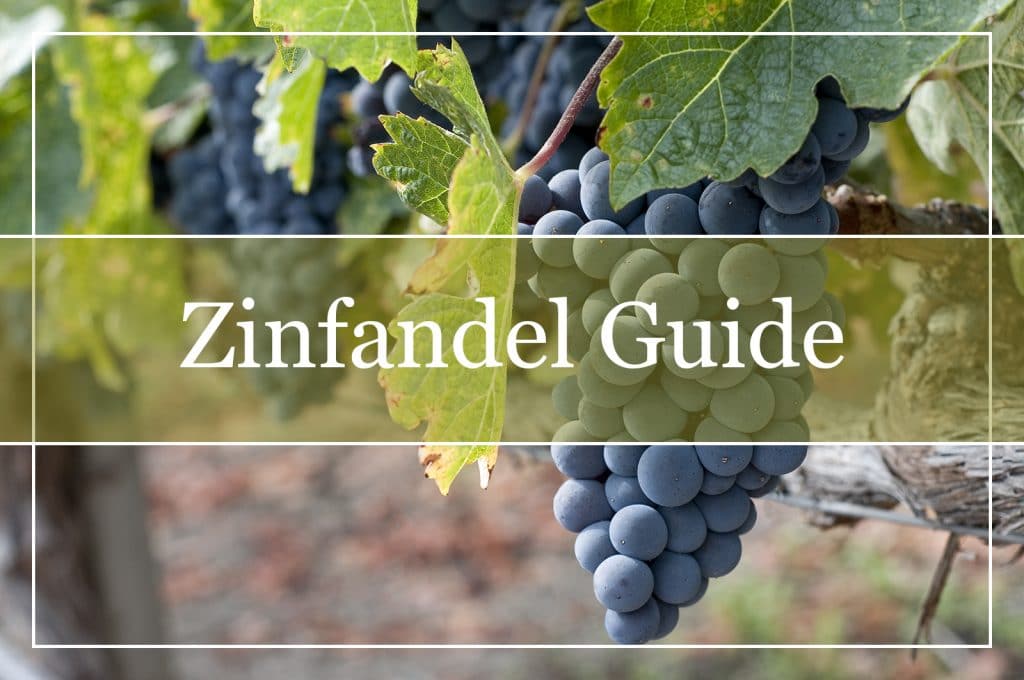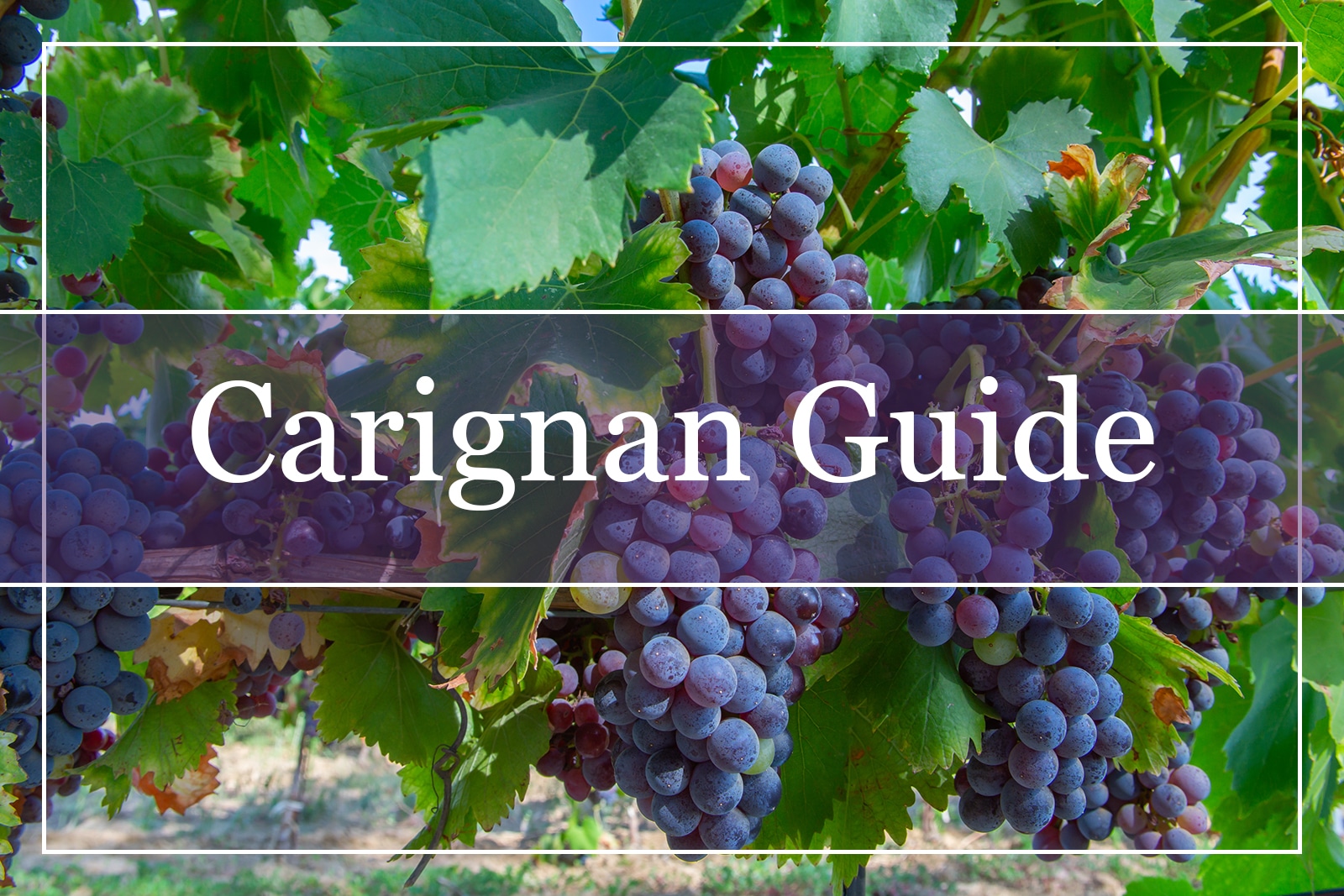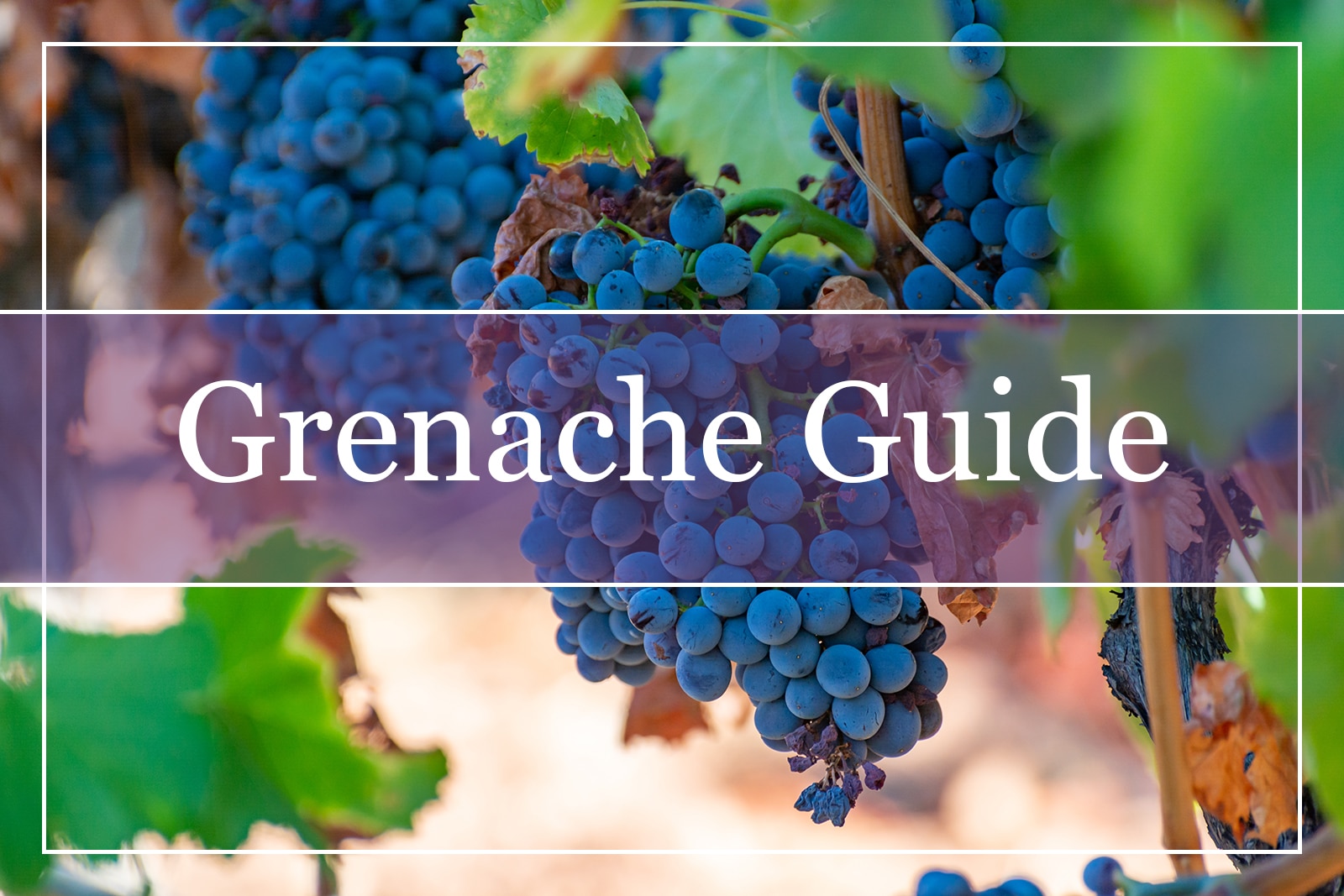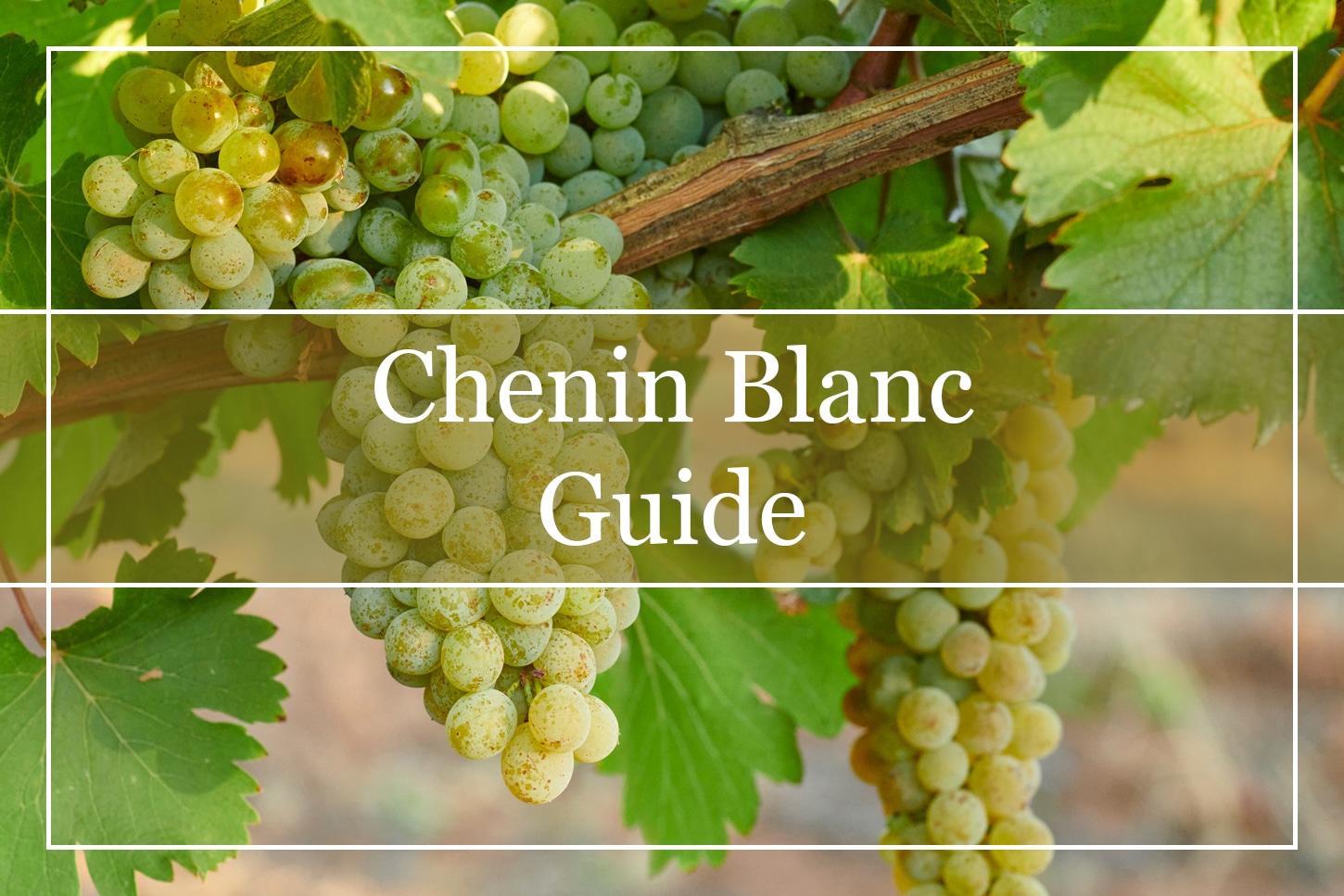What Is Zinfandel?
Zinfandel, also known as Primitivo, is a dark-skinned grape variety widely planted in California in the United States. It found its way to the U.S. from Italy in the 19th Century, and since then, it has been a success in both Sonoma and Napa counties.
The grape has been used to produce diverse wine styles ever since it arrived in the United States. Such as, dry or sweet red wines and the renowned White Zinfandel off-dry rosé, crafted to provide American consumers with an easy-going sipper in the 1970s. The appearance and the consumer demand of this new wine style increased Zinfandel plantings. What is ironic is that White Zinfandel was not planned to be created. On the contrary, a Californian winemaking family attempted to find a way to take advantage of underused Zinfandel vines, but they came up with White Zinfandel instead.
By the early 1990s, the popularity of dry red Zinfandel increased the plantings of Zinfandel vines, generating millions of gallons of pink wine each year. Today, White Zinfandel is considered the star variety of the United States, not because of the quality of wine it produces, but because it is as American as can be.
Zinfandel characteristics are similar to other medium-to-full-bodied red wines. Full of black fruit flavors, including blackberry, blueberry, and plum, as well as notes of licorice, cranberry, and cherry. As you taste Zinfandel, a candied fruitiness explodes in the mouth, accompanied by baking spice touches and a finish packed with tobacco and charred wood sensations. Also, Zinfandel wines show high alcohol levels that lead to an oily, creamy texture and heavy body.
What Color Is Zinfandel?
In the vineyard, the Zinfandel vine produces large bunches of thick-skinned fruit of a blue-purplish color. It is a grape from the Vitis vinifera variety of the Eurasian grape species. In fact, most grapes used in wine production are family members of the Vitis vinifera. Until ‘véraison’ and berry ripening, Zinfandel grapes are hard and thick to the touch. ‘Véraison’ signals the point at which the grapes begin to ripen. At this point, the grape’s skin changes color, turning red and then purple, developing indigo reflections.
Between ‘véraison’ and harvest, grapes swell and fill with water. During ripening, sugar levels rise, and acid levels drop. Zinfandel color pigments and flavor components accumulate. Warm and sunny conditions are ideal, while mild water stress inhibits soot growth, encouraging grape ripening. It is then that the Zinfandel presents a magnificent spectacle, becoming first a bright blue and then turning into soft, muted purple color.
What Does Zinfandel Mean?
According to sources, the origin of the Zinfandel name is uncertain. That said, it first appeared in 1858, meaning dry red or white wine from California. Zinfandel wine seems to have been known in the United States as early as 1829. Also, several wine experts suggest that the Zinfandel name derives from the Austrian grape name ‘Zeirfandler’. Others believe that Zinfandel is a modification of Hungarian ‘Tzinifándli’ or ‘Czirifandli’, synonyms of Zinfandel.
How to Pronounce Zinfandel?
Zinfandel pronunciation could be a matter of concern for people not familiar with wine terminology. But learning how to pronounce the name correctly is vital, as it saves from embarrassment. Online, there are many helpful audio and video examples on how to pronounce Zinfandel as a wine pro. A simple Web search suffices and brings many relevant results. Pretty much, there are three syllables in the word, with the emphasis falling on the first syllable. Phonetically, Zinfandel looks like this:
zin-fuhn-del
Where Does Zinfandel Come From?
Zinfandel is native to Italy, where it is known as Primitivo but grown extensively in California. It was brought to the U.S. from Europe in the 19th Century. Since then, it has found success in Napa and Sonoma counties, where it gives the renowned White Zinfandel, California’s signature grape variety.
For a long time, Zinfandel was thought to be native to the United States. But DNA research carried out by the University of California at Davis from the 1990s to 2002 confirmed the speculations that the Zinfandel grape is the same as Italy’s Primitivo. Therefore, because of this ‘Zinquest’, the debate over whether Primitivo is Zinfandel came to an end, albeit an abrupt one.
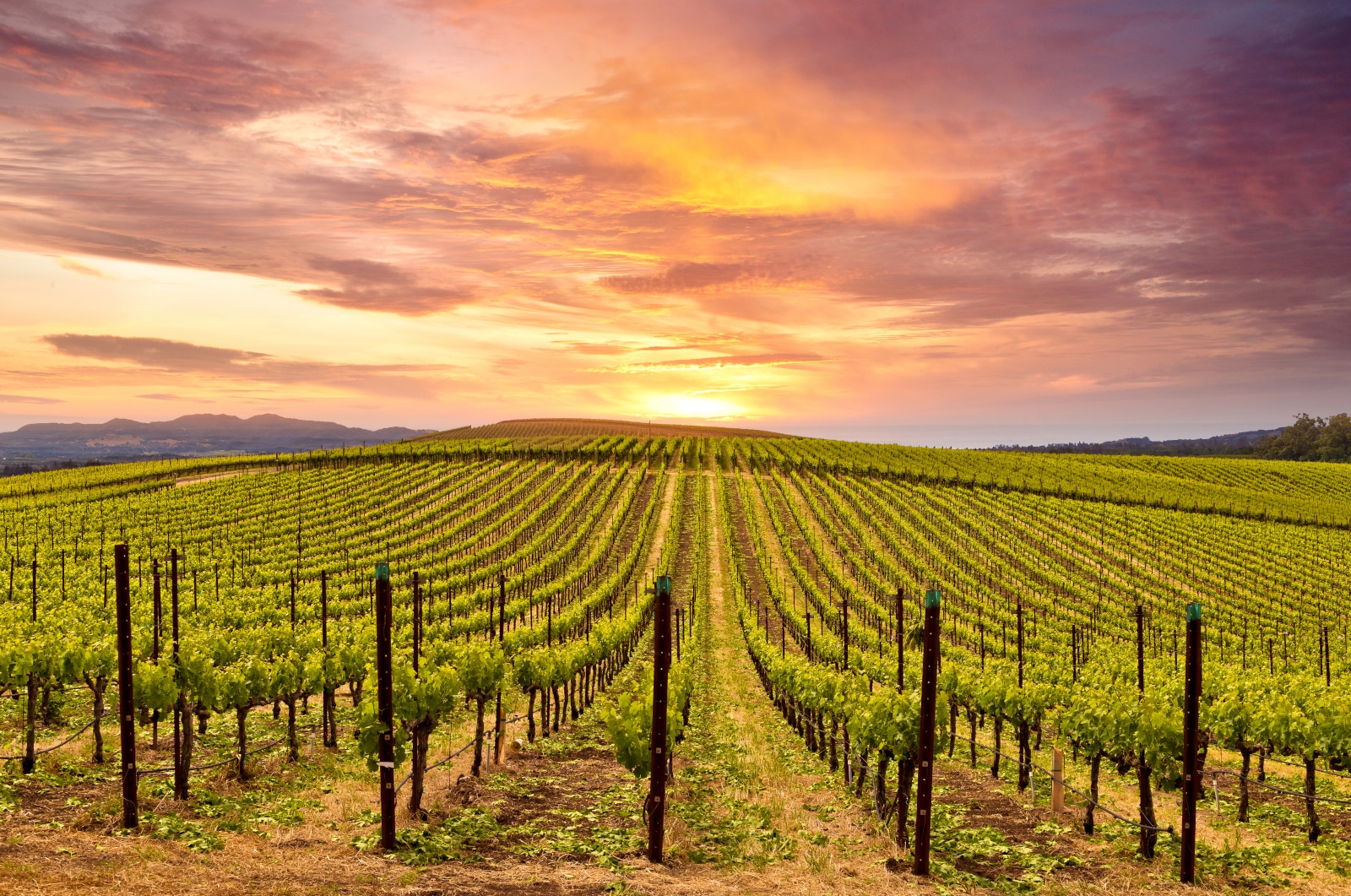
Outside the United States, Zinfandel has found a home in Australia and South Africa. There, it is bottled and sold as both Primitivo and Zinfandel. That said, the grape is not considered very high-quality in either of these countries, and it is rarely produced as a single-varietal wine. In addition, Australia has developed a great tradition in Shiraz, so the desire to widely cultivate a similar grape variety seems unlikely. The pioneers of Zinfandel in Australia are some wineries located in Margaret River. Likewise, in South Africa, winemakers do not have the motivation to bring in and accept a variety similar to Pinotage, the country’s star red grape varietal.
In Italy, producers cultivate Primitivo in Manduria. A fun fact: in the 1970s, Italian winemakers used to label their Primitivo wines as Zinfandel, taking advantage of Zinfandel’s fame in the United States market. Now, however, the exact reverse is taking place. As Primitivo gains popularity in Italy and Europe, Californian wineries now label their Zinfandel wines as Primitivo, trying to cash in on Primitivo’s rising reputation.
A remarkable and homely wine region for Primitivo has been Croatia, where winemakers have always believed in the grape’s high quality. In fact, they were producing Primitivo wines long before DNA analysis revealed that the local ‘Crljenak’, ‘Tribidragm’, and ‘Kastelanski’ grapes were the same as Primitivo. Croatian Primitivo is deeply colored and full-bodied with intense red fruit flavors. Various countries have now expressed their interest in wines made from the Croatian Primitivo varieties, following the debate between Primitivo and Zinfandel.
What Kind of Wine Is Zinfandel?
Zinfandel is made in a rounded, finely textured, and sometimes barrel-aged style that is fantastic for formal occasions or casual barbecue. It is humble but bold and has enough elegance to engage wine fans at any occasion. Serve it at room temperature for maximum pleasure.
Is Zinfandel Dry or Sweet?
For starters, Zinfandel wines are bone-dry, without indication of leftover sugar. However, due to their high alcohol levels, they may taste a bit sweet. This warmth should not be mistaken for sweetness, as it is nothing more than simple alcohol. So much about the flavors, though, depends on the winemaker’s skill. Zinfandel can be flavorsome and complicated. It also tends towards the higher side of the acidity scale, which is good, considering how jammy the palate might feel.
Californian White Zinfandel wines, on the other hand, are off-dry with a characteristic sugar residue. They are also fizzy and taste like strawberry and candy. To put it differently, White Zinfandels are renowned for their sweetness, unlike Primitivo wines, which are noted for being as dry as possible and occasionally astringent, too.
What Does Zinfandel Taste Like?
Zinfandel tasting notes always highlight the ripeness and fruitiness of its flavors. If you are into fruity red wines, then Zinfandel is the perfect wine for you. The Zinfandel aroma packs in cherry, blackberry, and currant notes and hints of star anise, licorice, and cardamom.
On the palate, Zinfandel displays an abundance of black fruit flavors. By sipping the wine, you will experience the ripeness of blueberry, plum, raisin, and fig. The Zinfandel taste will also exhibit the jamminess of bramble, peach, and cranberry jam, as well as touches of smoke and vanilla spice. On top of that, the wine has fine-grained tannins and a racy acidity that balances out the sweet, candied elements.
If aged in oak, the Zinfandel flavor profile is complex, full of tertiary flavors. Nutmeg, coconut, mocha, tobacco, and burnt, caramelized sugar are some of the flavors dominating the palate of oaked Zinfandels.
How to Serve Zinfandel?
Zinfandel is served best in regular red wine glasses. The oxygen comes into contact with the wine surface and enables the sweet-smelling aromas and flavors of the wine to elevate and captivate wine enthusiasts. Zinfandel is best served at room temperature at 62ºF (17ºC) to avoid losing freshness and flavor consistency.
Moreover, Zinfandel wines benefit from long-term storage. As they mature, they develop aromas and flavors of leather, tobacco, cloves, smoke, game meat, marmalade, and dried fruits.
To mature the wine, seal it with a cork and store it in an environment with room temperatures that do not fluctuate (fifty to sixty degrees Fahrenheit or ten to fifteen Celsius) and a portion of humidity.
Direct sunlight or artificial light should be kept at bay, as they may cause irreversible damage. Intense exposure to light rearranges the chemical makeup of wine. Changes to oxygen and temperature can cause wine faults. That means that the wine ages prematurely, and its aromas, flavors, and even color change for the worse. The resulting wine is known as light-struck.
Odors also must be avoided, as they might find their way inside the bottle. If they do, they usually instill unwelcome aromas and flavors, like intense animal sweat or vinegar.
How Long Should Zinfandel Breathe?
Zinfandel is a medium-to-full-bodied red wine, and as such, decanting it is highly recommended. Pour the wine into a beautiful decanter to show off the attractive medium ruby appearance, impressing your guests. Try to give Zinfandel about 20 to 30 minutes to breathe and settle before serving. By doing so, you help revitalize some of its vanilla spice, coconut, and tobacco flavors and star anise and cardamom aromas.
What Food to Pair with Zinfandel?
Zinfandel food pairing is a matter of combining the wine’s sweeter side with barbecued dishes packed with spice and curry. As a general idea, choose the spices you taste in wine and add them to your food while cooking. Some ideal food courses to match with Zinfandel are Pork ‘tonkatsu’, a Japanese dish presented with spiced curry sauce. The savory-sweet elements of this dish make it a fantastic food pairing partner with Zinfandel. Likewise, Texas-style barbecue or spit-roasted lamb are also excellent food options to pair with the wine.
While in the kitchen, use plenty of herbs such as coriander, fennel, nutmeg, clove, cayenne pepper, turmeric, curry, and rosemary. Also, use vegetables with pronounced flavors to bring out the wine’s fruitiness, including roasted squash, peach, apple, beets, and roasted tomato.
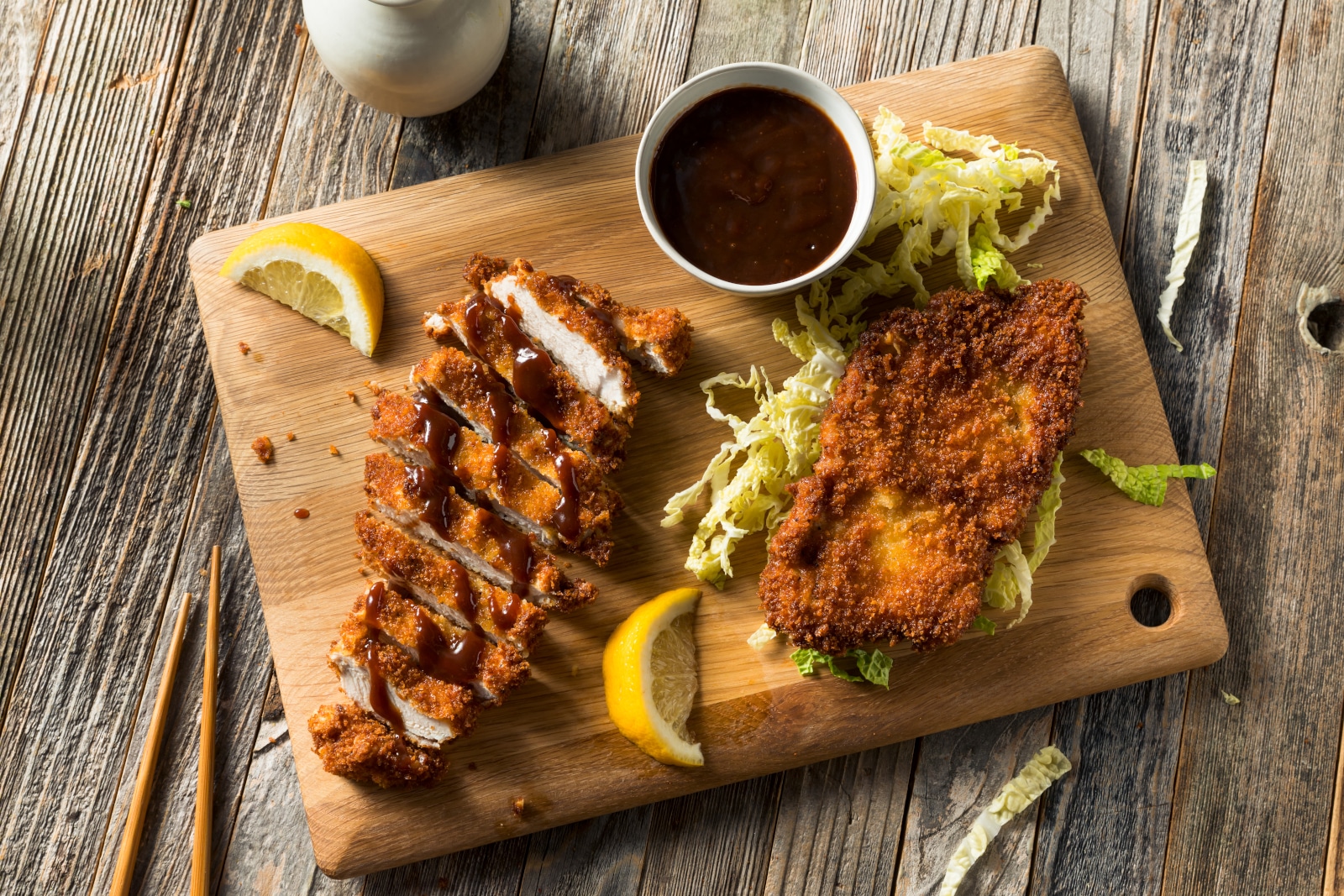
Zinfandel Cheese Pairing
Zinfandel is a wine that makes a great combination with hard and highly flavored cheeses from sheep’s and cow’s milk, such as Cheddar, Trentingrana, and Manchego, to name a few. The cheese could be served with crackers and cranberry sauce as a cheese platter or form part of dishes such as pasta and pizza. Also try the wine with Handkäse, Brighton Blue, Caciotta, Carré d’Aurillac, and Monte Veronese for extra savoriness.
How Much Alcohol Does Zinfandel Have?
Zinfandel wines are notorious for having higher alcohol levels. So, the Zinfandel alcohol content is in the range of 13.5 to 17% ABV. That makes Zinfandel feel like a fortified wine. When you are in the store, check the label on the bottle to be more precise. As always, enjoy the wine responsibly.
How Many Calories Are There in Zinfandel?
As a bold, high alcohol red wine, Zinfandel is high in calories. Besides, the component responsible for increasing calories in alcoholic beverages is the alcohol. The carbs in Zinfandel are 1 to 7 per serving, while the calories range from 127 to 149 per serving. Wine enthusiasts on a diet, therefore, will have to consider this information before purchasing a bottle of Zinfandel.
Conclusion
Zinfandel is America’s wine and is bold, dynamic, and intensely fruity. It has solid balance and an even better finesse. It might be associated with the Italian Primitivo and the Croatian Tribidrag, but deep down, it remains a distinctly American grape. The best Zinfandel wines are unbelievably expressive, offering a remarkable drinking experience. Without a second thought, strive to taste the highest-quality Zinfandel you can afford!

